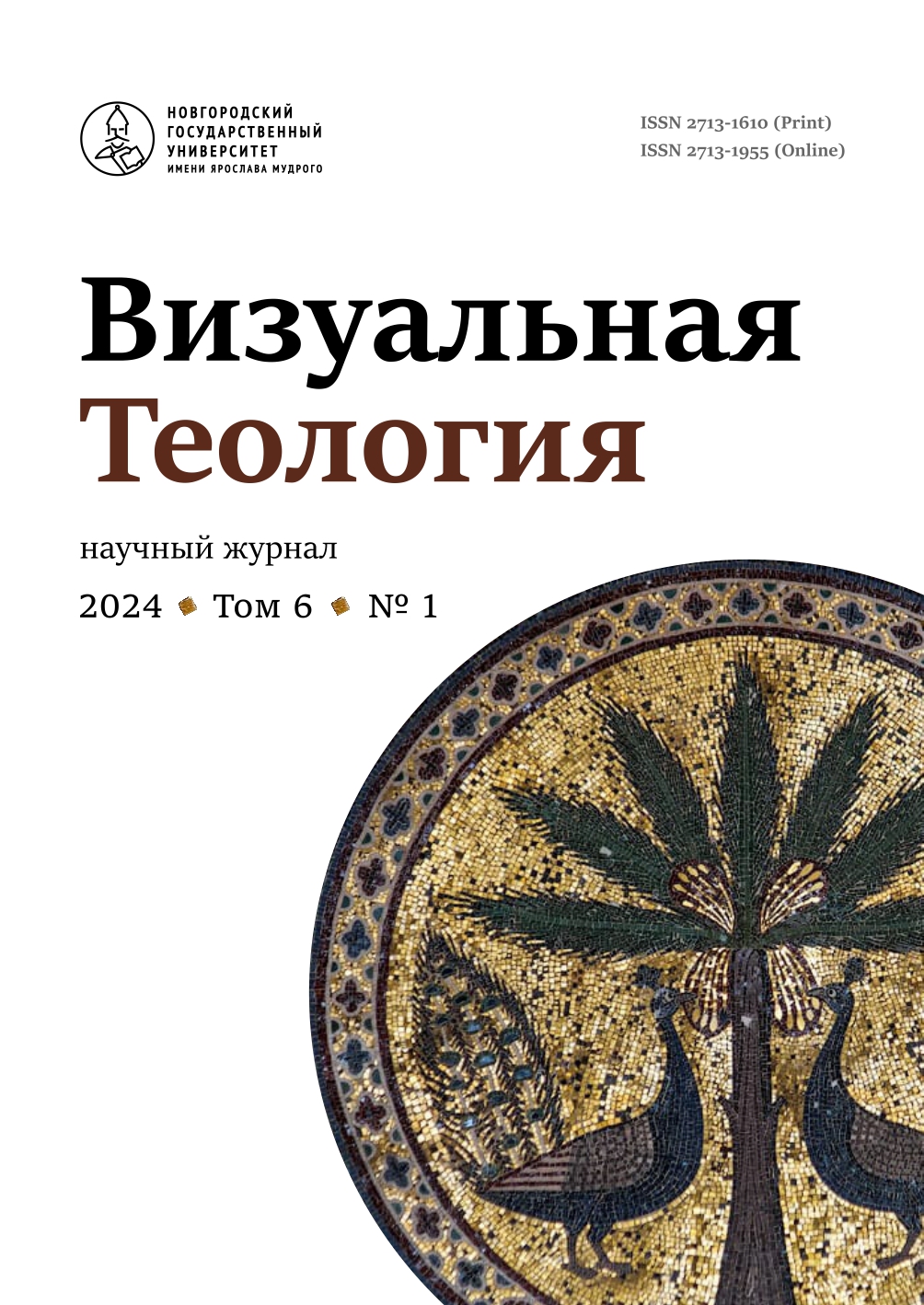Religious Iconography and Topography in the Garden Art of Early Modern Europe. Sources, Interpretation, Cultural Context
Abstract
The paper analyzes gardens and landscapes of the Renaissance, Mannerism and Baroque with particular attention to moral themes and Christian symbols. I follow the development of moral topography in the gardens by examples of Villa Hadriana, Villa d’Este in Tivoli, Versailles, Tsarskoye Selo, Désert de Retz, Sanspareil, Regaleira. The two types of gardens are identified: architectural (Castelo Branco, Bom Jesus do Monte in Braga) and landscaping (Bomarzo, Cetinale, Esztergom, Buçaco, Kuks, Valsanzibio). The paper then turns to “sacred mountains” created in the foothills of Italian Alps as a symbolic barrier at the border of Protestant lands. The interplay of gardens themselves and their descriptions, such as in “The Path of Purification”, the treatise by Francesco de’ Vieri on Pratolino, 1587 and in the inscriptions in Valsanzibio, is also discussed. Further in the paper I wonder about how moral programs of gardens can be studied and incorporated in the history of ideas and religiosity. The work is based on the materials of author’s travels and is illustrated with his photographs. Translations into Russian are by B. Sokolov.



